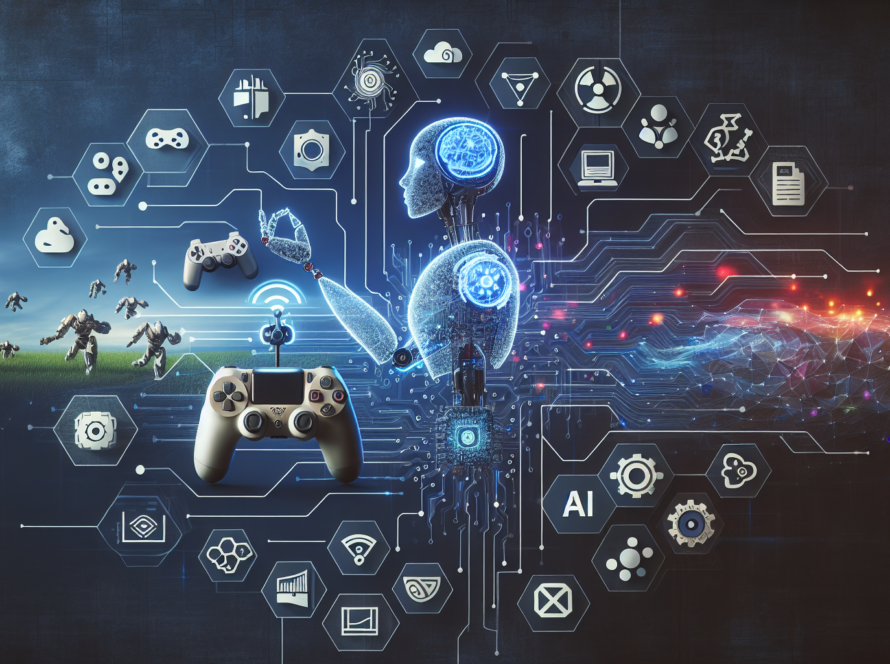In the realm of artificial intelligence (AI), terms like Conversational AI and chatbots are often used interchangeably, leading to confusion about their differences and functionalities. While they both involve facilitating human-like conversations between machines and users, they serve distinct purposes and operate on different levels of sophistication. Let’s delve into the nuances of Conversational AI and chatbots to understand their roles and capabilities in today’s digital landscape.
Unveiling Conversational AI
Conversational AI represents a comprehensive approach to enabling machines to engage in natural language conversations with users. It leverages advanced AI technologies, such as natural language processing (NLP), machine learning (ML), and sometimes even deep learning, to understand and generate human-like responses in real-time. Conversational AI systems are designed to simulate human conversation across various interfaces, including messaging apps, voice assistants, and chatbots.
Exploring the World of Chatbots
Chatbots, on the other hand, are a specific application or implementation of Conversational AI. They are computer programs designed to interact with users in a conversational manner, typically through text-based interfaces like messaging platforms. Chatbots can range from simple rule-based systems that follow predefined scripts to more sophisticated AI-powered bots capable of understanding and responding to natural language input. They serve diverse purposes, from customer service and support to information retrieval and task automation.
Differentiating Features
While both Conversational AI and chatbots facilitate human-machine interactions, they differ in several key aspects:
1. Scope of Functionality: Conversational AI encompasses a broader range of technologies and capabilities beyond text-based interactions, including voice recognition, sentiment analysis, and contextual understanding. Chatbots, on the other hand, are primarily focused on text-based conversations.
2. Level of Intelligence: Conversational AI systems often leverage advanced AI algorithms to understand and generate human-like responses, adapting to user input and context dynamically. Chatbots may vary in intelligence, from basic rule-based bots to more sophisticated AI-powered bots capable of learning and improving over time.
3. Flexibility and Adaptability: Conversational AI solutions are designed to be flexible and adaptable across different channels and use cases, offering seamless integration and scalability. Chatbots are typically tailored to specific tasks or domains, although some advanced chatbots may exhibit flexibility in handling diverse queries.
Practical Applications
Conversational AI and chatbots find applications across various industries and domains:
• Customer Service: Both Conversational AI and chatbots are widely used in customer service and support, enabling organizations to provide round-the-clock assistance and streamline customer interactions.
• E-commerce: Chatbots are employed in e-commerce platforms to assist customers with product recommendations, order tracking, and inquiries, enhancing the shopping experience.
• Healthcare: Conversational AI solutions are leveraged in healthcare for virtual consultations, symptom assessment, and patient engagement, improving access to healthcare services and information. • Finance: Chatbots are utilized in banking and finance for tasks like account inquiries, transaction processing, and personalized financial advice, enhancing customer engagement and efficiency.
Conclusion
In summary, Conversational AI and chatbots are intertwined yet distinct technologies that play pivotal roles in facilitating human-machine interactions. While Conversational AI represents a broader approach to enabling natural language conversations across diverse interfaces, chatbots serve as specific implementations tailored to text-based interactions. Understanding the differences between these two concepts is essential for harnessing their respective capabilities and leveraging them effectively in today’s digital ecosystem.







